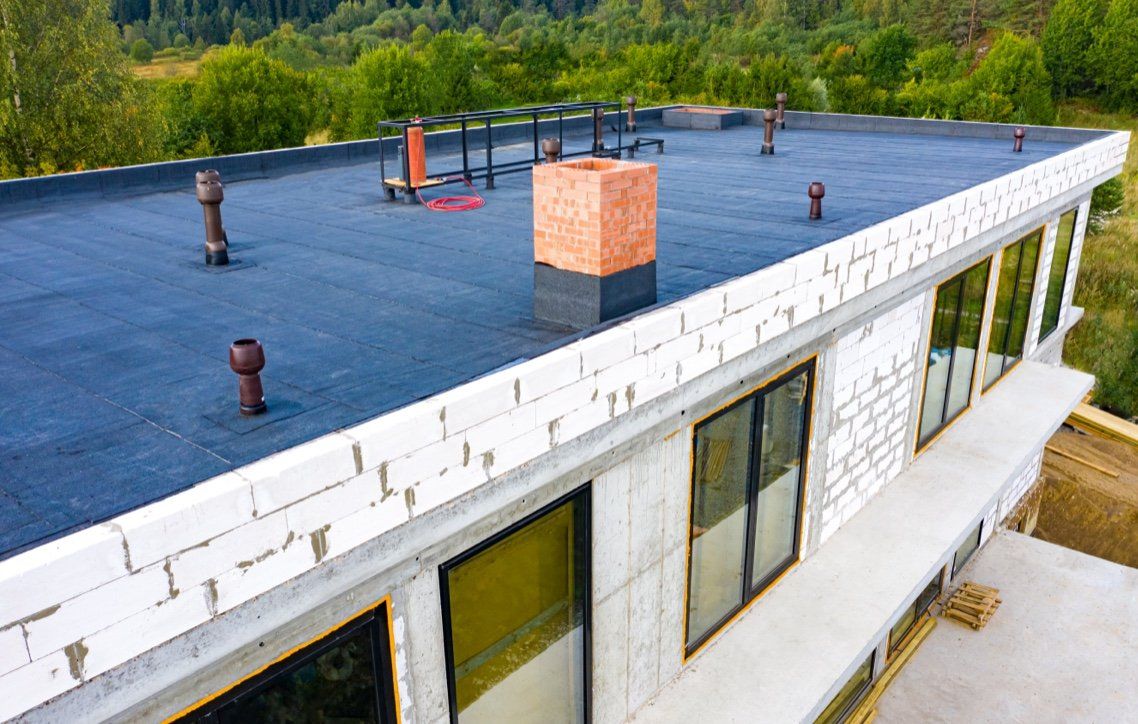Each season presents unique challenges for your roof. Whether it's the heat of summer or the chill of winter, knowing how weather affects your roof can help you protect it throughout the year. Here are some essential roofing tips.

The Effects of Rain, Snow, and Heat on Roofs
Heavy Rain: Persistent rain can lead to leaks, mold, and erosion if your roof isn’t properly sealed. Standing water can damage shingles and cause rot in wooden structures.
Snow and Ice: Snow accumulation can put pressure on your roof, causing sagging or even collapse. Ice dams, which form when melting snow refreezes, can also block drainage and lead to leaks.
Heat: High heat can cause shingles to warp or crack. The continual expansion and contraction of roofing materials under intense heat can also cause long-term damage.
How to Prepare Your Roof for Harsh Weather
To protect your roof from extreme weather conditions, it’s important to:
- Clear gutters: Ensure that gutters and downspouts are clear of debris to prevent water backup during rain or snow melt.
- Inspect shingles: Examine your shingles and replace any that are damaged or missing to prevent leaks and additional damage.
- Seal cracks: Seal any cracks or gaps you find to stop water from entering your roof during rainy or snowy weather.
- Inspect your insulation: Proper insulation helps keep your home energy-efficient and prevents the formation of ice dams.
Weathercraft’s Recommended Roof Inspections and Maintenance
Weathercraft recommends having your roof professionally inspected at least twice a year—once in the spring and again in the fall. During these inspections, we’ll check for any damage caused by weather and address potential issues before they escalate. Our experts will also suggest the necessary repairs or upgrades to help your roof withstand extreme weather conditions.